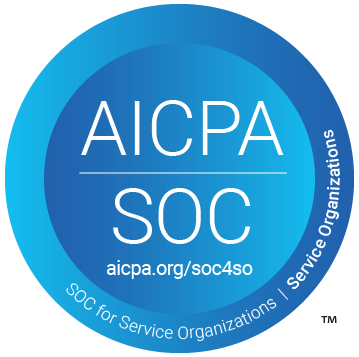As a legal professional, you're probably using Microsoft Outlook on a day-to-day basis but, are you using Outlook to its full potential? Here are 5 tips that you can use to help increase your productivity and organize your workflow better.
- Shortcuts
If you’re using a Windows PC, here are a few shortcuts you can use in Outlook:
Ctrl + N --> Compose an email
Ctrl + Enter --> Send
Ctrl + R --> Reply
Ctrl + D --> Delete
Ctrl + Shift + G --> Flag an email
Also, if an email contains a date or appointment, you can drag and drop the email into your calendar, and it will automatically turn into a calendar entry.
- Schedule emails & automate responses
Rather than sending late-night emails or messages on the weekend, it’s always best to schedule sending an email when you expect a response. Similarly, it’s important to automate responses when you are unable to get back to someone on time, whether it be because you’re out of the office, on vacation, etc. You can enable this by going to “File” > “Automatic Replies.” You can set the time frame you want this message to be sent out and customize the message to let recipients know when you’ll be available again.
- Flag incoming & outgoing emails
In Outlook, you can flag incoming emails to easily add responding to someone’s message to your to-do list. More importantly, you can use this feature for outgoing emails to remind yourself to follow up with the recipient if they happen to not respond to a time-sensitive discussion.
- Use rules
You can utilize rules to automate actions that will declutter your inbox and screen for important emails that need your immediate attention. Go to “File” > “Manage Rules and Alerts,” and here, you can choose the actions you want Outlook to take for specific emails. For example, you can ask Outlook to flag, pin, or move emails from a certain sender.
- Quick Steps
Similar to rules, Quick Steps are multiple actions you can run at once but are done manually. Outlook already has default Quick Steps you can do, such as marking many emails as read at once or moving multiple emails to a certain folder. You can create a Quick Step by clicking “Create New” and choosing a sequence of Outlook commands to run once you press a button.
As always, if you found any of these tips helpful or have some more tips you want to share with us, feel free to reach out!










